Treatise on the Diseases of Women
Treatise on the Diseases of Women
Book Excerpt
ugh these male elements can live but a few hours outside of the body, even when especial precautions are taken to make every thing favorable to their existence, yet they have been known to maintain their full life in the vaginal canal for more than eight days after their discharge; another remarkable provision of nature, for the prolonged existence of these cells increases the probability of the fertilization of an egg, and thus increases the chances of producing a new life.
=The Female Element.=--As I have already said, the female germ-cell is also known as the ovum, or egg. A single ovum is shown in Fig. 1.
If not fertilized by the male elements, the egg passes off into the outside world; if fertilized, it stops in the cavity of the uterus, where it forms an attachment. Here it remains until perfectly developed, when, at the end of nine months, it is brought forth to the outside world as a perfect infant.
=One Female Element; Many Male Elements.=--The human ovum is often said to be a mi
Editor's choice
(view all)Popular books in Health, Women's Studies, Non-fiction
Readers reviews
0.0
LoginSign up
Be the first to review this book
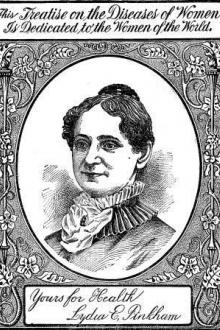
 Free Download
Free Download














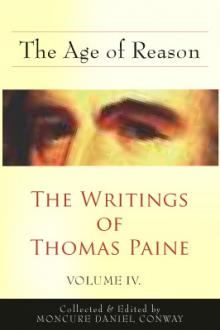
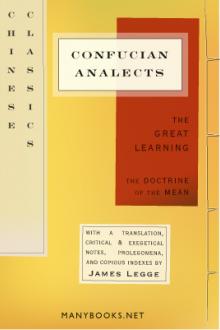
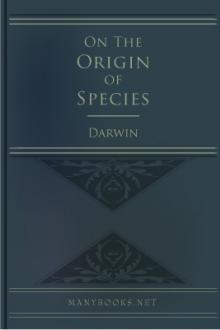
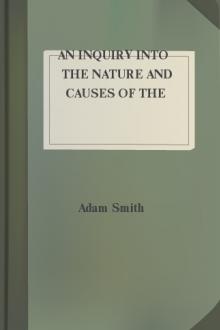
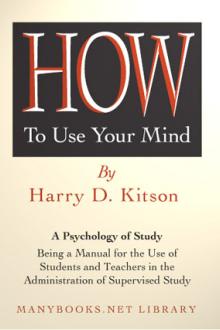

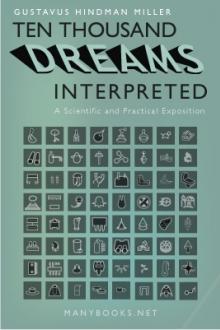
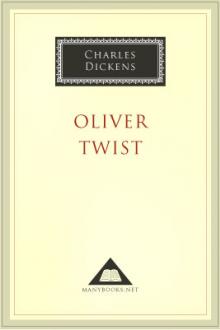
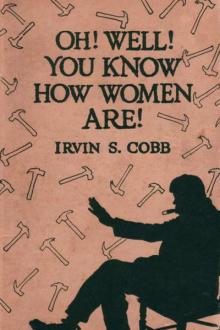
-itok=vcKIB5v1.jpg)
